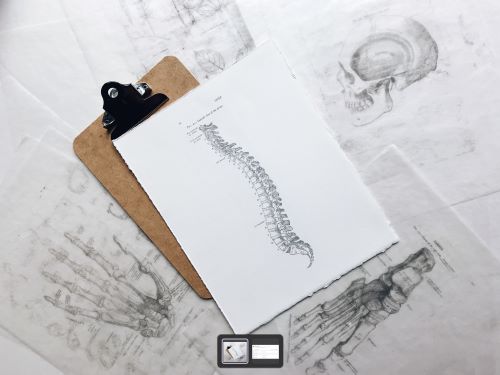

Modern medicine has come a long way since its beginnings circa 8 BCE in Egypt. Over the last handful of millennia, its evolution has witnessed many changes due to an improved understanding of the complexities of the human body, scientific breakthroughs, and a search for more effective treatments for various illnesses. From prehistoric times, when folk remedies and prayers were used to treat ailments, to the prevalence of Traditional Chinese Medicine (TCM) in Ancient China, and to the more recent development of pharmaceutical drugs, modern medicine continues to be refined—driven by human curiosity and a dedication to improving human healthcare.
To understand the current advances made in the field, it is essential to look back at history and appreciate the long-standing dedication of the pioneers who created the cornerstone of modern medicine. Prehistoric medicine saw the indiscriminate use of magic and religious prayers to treat diseases without any understanding of their cause. In addition, practices like trepanation, the drilling of small holes in the skull to release strains of illness from the patient, were done without the use of anesthetics. Nevertheless, it is understood that anesthetic substances like alcohol, opium, and cannabis were used for palliative care in these ancient times.
In India, the traditional medicine system known as Ayurveda flourished during the 6th century BC. This system prescribed herbs and minerals found naturally as medicinal remedies for a variety of ailments—and remains widely practiced today. Traditional Chinese Medicine, in contrast, focused on maintaining the balance between the body, mind, and spirit of the individual and was widely used to treat illnesses in ancient Chinese civilization. Similarly, in Japan, Traditional Japanese Medicine called Kampo was used to treat illnesses.
The 15th century marked the dawn of the Renaissance, which saw a shift in the European outlook toward medicine. Scientific breakthroughs such as autopsies, which provided crucial knowledge about human anatomy, dissecting corpses to further understand the human body systems and the introduction of leeches for bloodletting were some of the innovations of the era. Accompanying this was the development of various pharmaceutical drugs by scientists such as Paracelsus (1493-1541) and their inclusion into medical practice. This period marked the beginning of modern medicine.
During this time, the European interpretation of medicine was decidedly based on the theories of Galen, the Greek physician from the 2nd century AD, who suggested that the body was composed of four senses of humor (blood, mucus, yellow bile, and black bile). This was an influential idea in medicine up until the 19th century.
Moving forward to the 18th century, it was discovered that diseases could be transferred through water sources, which laid the foundations for the Germ Theory developed by Louis Pasteur in the 19th century. Through his work, diseases were better understood, and treatments to immunize against them were developed and improved.
Since then, the field has seen vast improvements in understanding the complexities of the human body and the mechanisms of various diseases and illnesses. These advancements have seen an increasing number of pharmaceutical drugs being made available for treatments, augmented by the development of medical technologies and techniques to better diagnose, treat, and improve medical interventions and outcomes. These include the advent of chemotherapy and radiation for cancer treatments, the invention of the stethoscope in 1816, the discovery of X-ray and ultrasound for medical imaging, and more recently, the use of computerized tomography (CT) and magnetic resonance imaging (MRI) for more precise surgeries and imaging.
Furthermore, immense breakthroughs have been made in the area of interventional radiology, allowing for safer and more precise treatments with minimal effects on the patient. The rise of telemedicine and online doctors has grown exponentially with digital technology and the internet, enabling healthcare professionals to provide remote consultations, diagnoses, and treatments.
Modern medicine has come a long way since its inception. With the increasing improvements in healthcare and life expectancy, the future of medicine looks promising, and it is exciting to imagine what new advances will be made in the field. Nevertheless, it is essential to recognize and pay respect to the journey of modern medicine to become the system of healthcare it is today—a journey that owes much to the forward-thinking of our predecessors’ and their dedication to advancing the knowledge and practice of medicine. CME Medical conferences, such as those on Coat Connect, are essential to improve your medical practice medical professionals to deepen their knowledge, engage in dialogue about healthcare practices and make essential decisions for fostering progress in the development of modern medicine. Medical Conferences are critical for finding solutions to some of the most pressing medical issues that impact people from all corners of the globe. During these conferences, medical professionals and scientists can collaborate, discuss treatments and treatment options, network with others in the field, and build the impressive body of research that is the basis of modern medicine.


